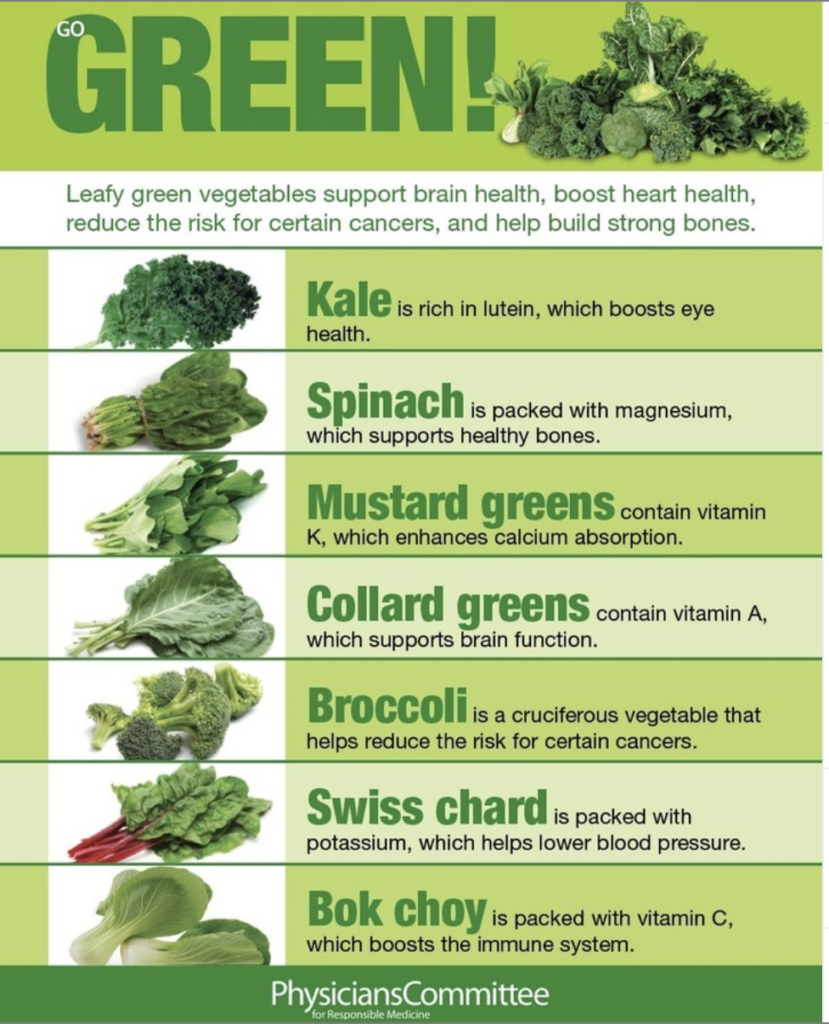Ahh – the Joy (& Benefits) of Preparing Your Own Meals
Ahh – the Joy (& Benefits) of Preparing Your Own Meals
The benefits of preparing your own food go far beyond what we can imagine….
We all know that one of the benefits of preparing your own food is that you know what is in it. And as true as that is, the converse is perhaps even more powerful. By not ingesting highly processed foods, you are not eating things that you do not realize were in the food – ingredients you could never imagine nor find in your own kitchen.
Of late, there have been numerous reports about the systemic health hazards of eating a diet high in processed foods – and links to a few of those resources have been provided below.
Here first let’s focus on a few readily available, and even locally grown, ingredients that are wonderful additions, or centerpieces, to any meal. The guideline “eat leafy greens” is virtually at the top of everyone’s list of foods that one should consume. So let’s take a quick look at a few of those and what they have to offer…
Note: Mustard greens are not included in a sattvika diet.
So you can see how leafy greens are a boon to human health. Not only do they offer a wide-range of health benefits, but there are no drawbacks.
And for those interested in graphics on eating well, here is another one called The Nutrition Rainbow which identifies the benefits of foods based on their color.
Ill-Effects of Highly Processed Foods
Processed foods are basically anything that comes in a package or box. Naturally, these foods exist along a continuum. You can buy a bag of organic, baby carrots and they are clearly a processed food, but they are also a health food. Similarly, one can buy a bag of organic, raw almonds and those also have been processed. But in both those cases, the ingredient list is singular in nature. And those types of foods are not our concern.
When we talk about dangers of company manufactured foods we are referring to those foods that are highly processed, which comprise about 80% – 90% of the typical supermarket, or in other words, the entire middle of the store and most of the perimeter as well.
As convenient as these foods may be, they are also central to the health issues that have plagued Americans for years, especially in the post-WW II era. That really marked the start of convenience foods etc. Now however, researchers are focusing on just what a health hazard these foods are:
A recent study from the NIH states:
Ultra-processed foods have ingredients common in industrial food manufacturing, such as hydrogenated oils, high-fructose corn syrup, flavoring agents, and emulsifiers. They are often cheaper and more convenient than making a meal from whole foods. But they’re usually high in calories, salt, sugar, and fat. (Read Article)
A report from PCRM states:
A diet high in ultraprocessed foods, defined as “ready-to-eat or -heat formulations … usually combined with additives,” increases your risk of early death from heart disease… (Read Article)
A recent article in the Washington Post states:
Modern industrial food processing – and only modern industrial food processing – has enabled the manufacture of the cheap, convenient, calorie-dense foods engineered to appeal to us that have become staples of our obesogenic diet. By one estimate, nearly 60 percent of our calories come from ultra-processed food. (Read Article)
And verily if you search this topic, you will find article after article, from credible sources, that speak to the damning effect of these highly-processed foods.
Solution: The best way out is to simply prepare your own food. In your home kitchen you could not possibly emulate the ingredients used in highly-processed foods. This will be a big step in the right direction. And the next step is to select those foods that are plant-based.

